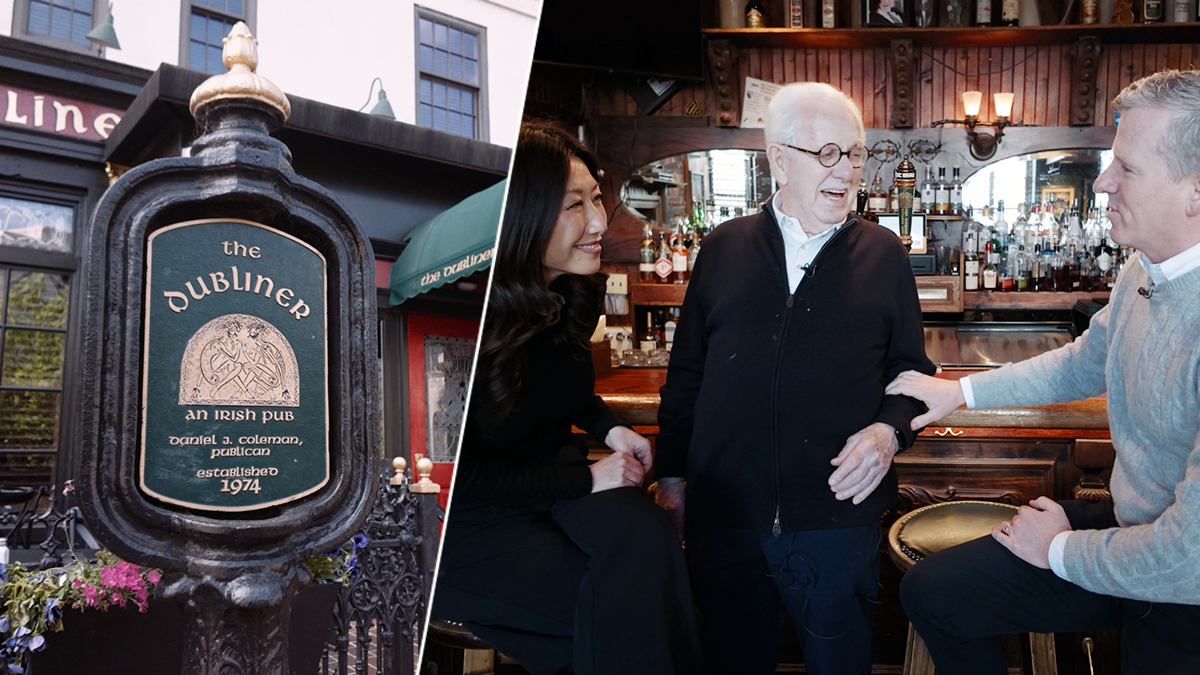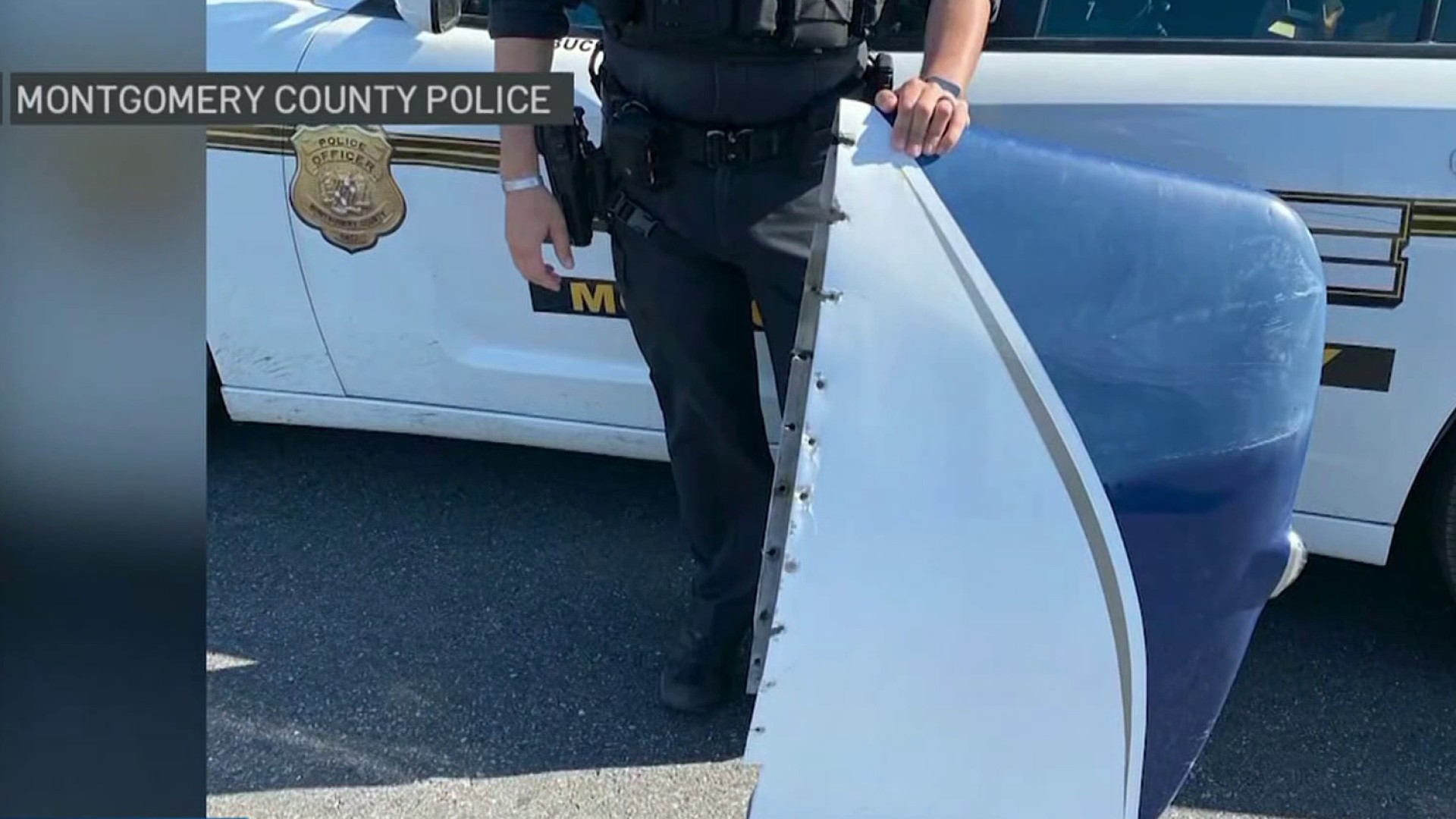Poor communication and wasted time were costly in the Metro incident that killed one woman and sickened more than 80 others, National Transportation Safety Board officials said at a hearing Tuesday.
The operator of the train, James Curley, said he repeatedly asked for permission on Jan. 12 to return the train to the platform but was told to stay put as passengers coughed and choked, according to documents made public Tuesday.
Curley told NTSB investigators that people on the train were "yelling, screaming, kicking and banging on the glass doors'' as he was repeatedly told to wait in the tunnel.
Curley said the Metro transit agency's command center was unable to clear another train from the platform to allow him to return there.
"I was going back and forth with them saying, Central, be advised I got people on the train. They're saying they can't breathe, they're coughing, they're vomiting, I need to get back to the platform, I need to get back to the platform,'' he said. "And they just kept telling me, stand by, stand by.''
Metro said it attempted to get the trapped train back to a platform, but electrical malfunctions kept it from doing so.
Curley, who has worked for the transit agency for almost 15 years, described the passengers as increasingly desperate. Despite his instructions not to open the train car doors, he said some people evacuated on their own and started walking away from the train, using lights on their cellphones to guide them.
Local
Washington, D.C., Maryland and Virginia local news, events and information
He said he got on the intercom and told passengers, "No, no, no, no, please do not go that direction that you're going to. You're going into where the danger is.''
Many passengers who left the train on their own were able to get to safety long before firefighters arrived, more than 30 minutes after the train stopped in the tunnel.
The operator of the second train that stopped on the platform, Connie Conner, told investigators that she was told to look out for smoke but wasn't told to stop the train or back up so that the train ahead of her could return to the station. She said a transit police officer guided her down the platform amid the heavy smoke, and when they could go no further, she stopped the train and evacuated along with her passengers. She also said she tried to contact the command center before she left the train but couldn't get through.
However, a radio operator at the command center told investigators that she twice ordered Conner to stop her train as soon as Curley informed her he had stopped in the tunnel. The operator, Vale're White, described a chaotic atmosphere at the command center as employees there tried to figure out a solution.
"It just felt lost. It just felt like we were stuck almost,'' White said. "After a while, we lost communication with (Conner). We couldn't talk to her.'"
The stricken passengers had to wait 30 minutes before emergency workers arrived to help.
Carol Glover, 61, was overcome by the smoke on the train during the incident. Fellow passengers tried to revive her, but could not. Her family has filed a $50 million lawsuit against the Metro transit agency.
The investigative hearing also revealed video footage of smoke pouring into L’Enfant Plaza station as passengers rushed out. The video also shows trains continuing to pull in and out of the station through the thick smoke.
Miscommunication among first responders may have contributed to the disaster. Metro said the D.C. Fire Chief who responded to the scene rolled up his windows on Metro’s Transit Police Chief twice during the episode.
“I think we had information that would have been helpful, primarily that the train was in the tunnel and that we had radio communications that we could have assisted with,” said Metro Acting General Manager Jack Requa.
Other documents released Tuesday showed that the ventilation systems in Metro's tunnels -- which the NTSB has already said were not working properly on the day of the malfunction -- were never designed to remove smoke "from even a moderate fire.'' Metro conducted two studies in the 1980s that concluded the ventilation systems needed to be renovated, but the work was never done, the documents showed.
The NTSB also revealed that there were repeated water leaks near the site of the electrical malfunction. The board has ordered Metro to repair or replace components designed to protect the electrified third rail from water or other contaminants.
The cause of the malfunction has not been determined, and the NTSB is not expected to release a final report with recommendations until next year.



